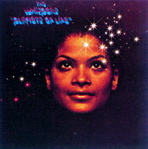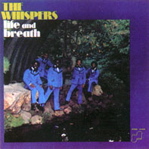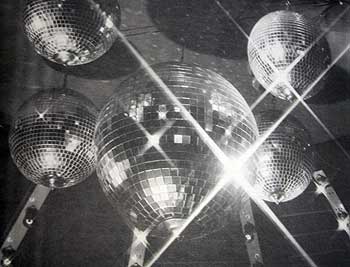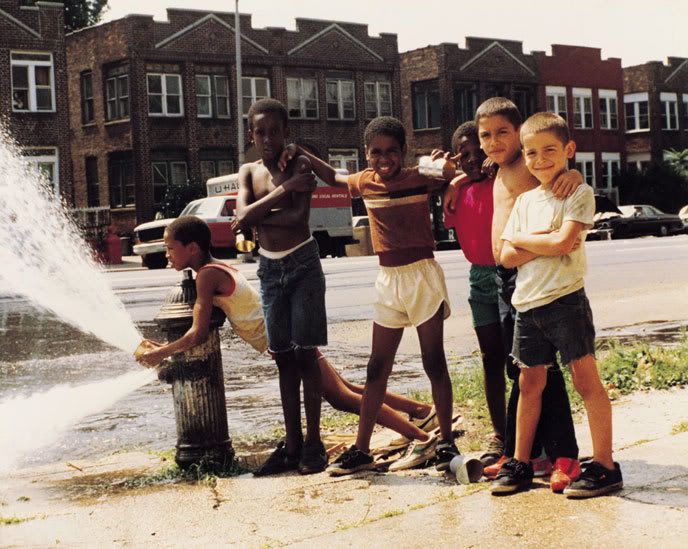Dear Summer.
Okay. So I know it seems like we’re all over the map here, but the basic idea with this post is to create a sonic shadow for the arc of a perfect summer day… For the sake of argument, let’s call it a Saturday in June. Also, for the experiment to work properly, we’ll have to assume that you’re not living in Seattle or Anchorage or The Siberian Hinterland. Let’s pretend we’re in a city–New York or Los Angeles, Barcelona or Rio (winter might as well be summer there, right?), Kingston or Dakar– somplace where summer feels like summer. What we’re looking for is heat, sun, the thrum of urbanity… that strange chemistry that exerts its inexorable force and leaves us–if passingly–joyous.
Here are a handful of songs to take you from languid rise into the already warm-boardline-hot morning hours, straight through to the thick soak of evening. From brunch to poolside to BBQ to blockparty to whatever late-night carousals those other exploits might give way to.
Rosinha De Valencia: Summertime
Taken from the album Brazil Beats 2 on Mr. Bongo (2002)
GOOD MORNING. It’s 10:45, do you know where your linen pants are? Right there next to the stereo. Press play. By the time the drums hit, you should be out the door.
Gilberto Gil: Extra
Taken from the album Um Banda Um on Warner Bros (1982)
BRUNCH. The eternal question: Pancakes or French Toast. Can’t decide? Get both. I don’t know what Gilberto Gil is singing about, but it might as well be breakfast stuffs. Extra.
McNeal & Niles: Summertime
Taken from the album Thrust (1979)
POOLSIDE. That girl that just cannonballed with perfect grace into the crystalline waters and surfaced sans bikini top giggling like a joyful Venus ? You want to marry her. Emboldened by the synths, you offer to fetch her top for her.
Sugarhill Gang: Hot Hot Summer Day
Taken from the 12″ on Sugar Hill (1982)
DAYTIME DANCEPARTY. Never mind the sweat, the sunburn, the heat. Why don’t more people dance during the day? You wonder this as you nurse your third Coronita. Then the answer arrives like an epiphany via an overheard conversation between sun-glazed revelers. ‘If heaven felt this good, religion would aspire to terrestrial ends and where would that leave us?’
The Dove Shack: Summertime In The LBC
Taken from The Show Original Soundtrack on Def Jam (1995)
BBQ. The line “smothering ribs with barbecue sauce” delivers like a promise. You’ve been waiting nine months to hear it again and this time you’re ready. Somebody pass the Bullseye. (Sing it Nate Dogg.)
Funkadelic:Can You Get To That
Taken from the album Maggot Brain on Westbound (1971)
SUNSET. You found your way to a vista. Well done. Watch the city dissolve into muted color. Ugly cities become hopelessly beautiful in moments like this. Savor it. Can you get to that?
Elkin & Nelson: Vamanos
Taken from the Self-Titled album on CBS (1972)
ALONE IN MOTION. You’re driving somewhere. You can’t remember where, but it doesn’t matter. You’ve got all the windows down, even the ones in back. The rushing air feels like a conversation with divinity. You’re smiling and you don’t know why. You’ve got nine minutes till this song ends and then, of course, there’s always the rewind button.
D’Angelo: Crusin’
Taken from the album Brown Sugar on EMI (1996)
… The girl in the that cannonballed with perfect grace and resurfaced sans bikini top? Her name is ____. You pull up to her house. She gets in the passenger seat. Drive continues. Press play, press play, press play….






